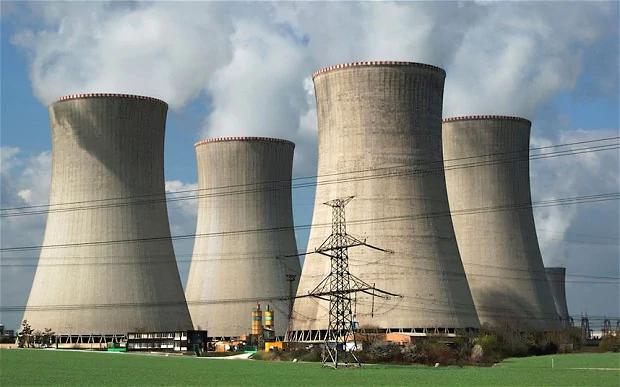Over Extraction of Fossil Fuels
Fossil fuels are formed from the buried remains of plants and animals over a period of millions of years. Coal, petroleum, and natural gas are some examples of fossil fuels. These fossil fuels are a major part of the world today and its varied uses have led to their over-extraction. The major consequences of over-extraction of fossil fuels are given below.
- Exhaustion of existing reserves: The over-extraction of fossil fuels is slowly depleting the Earth of these resources. An energy crisis in the immediate future is a distinct possibility if the present rate of consumption of fossil fuels is not brought under control.
- Air pollution: When coal and petroleum products are burnt as fuel, they give off carbon dioxide, a greenhouse gas that leads to global warming. They also give off pollutants like carbon monoxide* nitrogen oxides, sulphur oxides, particulate matter like mineral ash or fly ash, and unburnt hydrocarbons that pollute the air. Some of these gases combine with water vapour in the air and form droplets that fall to the Earth as weak forms of sulphuric and nitric acid, called acid rain.
- Threat to organisms: Coal contains poisonous metals like arsenic and mercury, which are dangerous if released into the environment. Mercury that is released into the air settles in water with time. It then enters the bodies of fish and shellfish and can be harmful to animals and people who eat them.
We cannot completely stop the use of fossil fuels. However, cutting down on their use and shifting to renewable energy sources like solar energy, wind energy, and nuclear energy will help us conserve them as well as safeguard the environment. Some renewable sources of energy are discussed below.
Wind energy has been used since ancient times to move ships, pump water, and grind corn. These days, huge wind turbines are used to drive generators
 Hydroelectric energy is derived from the water in water bodies like rivers with the help of dams and generators.
Hydroelectric energy is derived from the water in water bodies like rivers with the help of dams and generators.
 Nuclear energy is released by the splitting or merging together of the nuclei of atoms. In nuclear power plants, this energy is utilized to produce heat energy, which is used to make steam for driving generators.
Nuclear energy is released by the splitting or merging together of the nuclei of atoms. In nuclear power plants, this energy is utilized to produce heat energy, which is used to make steam for driving generators.
 Solar energy is utilized with the help of solar panels and solar cells. Solar panels convert solar energy into heat and light energy while solar cells convert it to electrical energy.
Solar energy is utilized with the help of solar panels and solar cells. Solar panels convert solar energy into heat and light energy while solar cells convert it to electrical energy.

